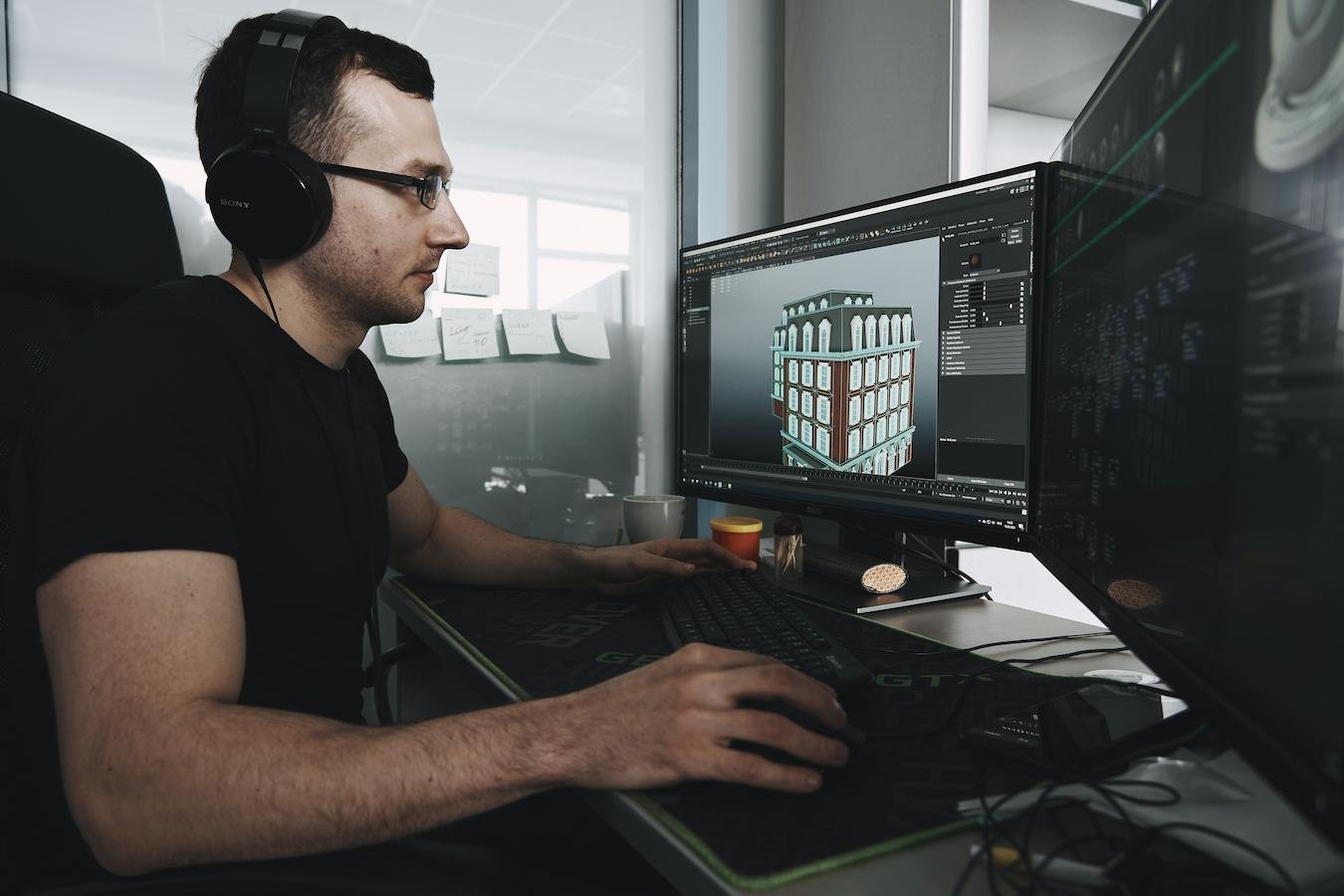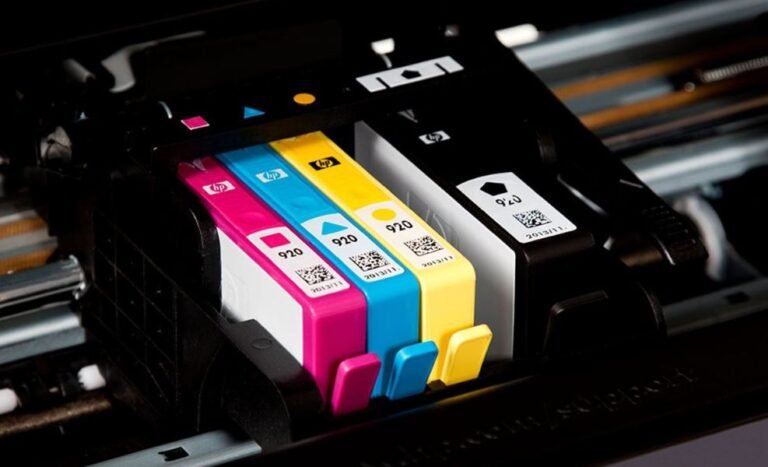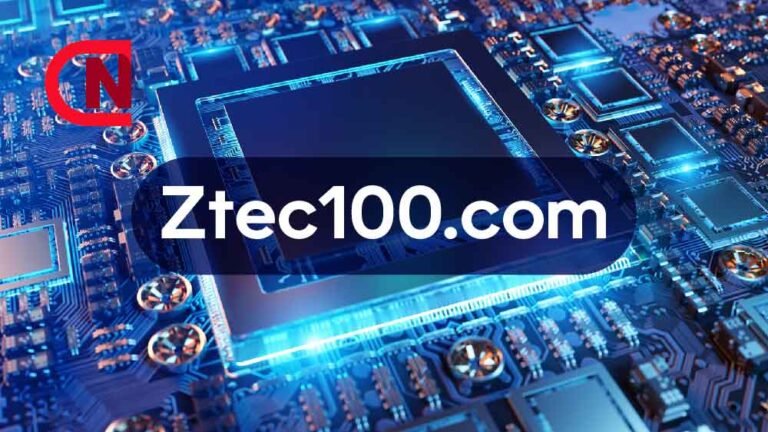What is CGI, and How is it Transforming the World of Animation?

The journey of CGI in animation is one of constant evolution and innovation. It began as a novel experiment in the late 20th century and has become an indispensable tool in animation.
But what is CGI? CGI has enabled storytellers to develop complex stories with intricate and precise details, realistic textures, and dynamic environments. It has opened up possibilities that were once deemed unattainable, allowing for the creation of entire worlds that are both breathtakingly realistic and boundlessly imaginative.
The Influence of CGI Animations
The influence of CGI extends beyond just visual appeal. It has changed how animators work, bringing efficiency and precision to production. Characters and settings can now be crafted with a depth and consistency that hand-drawn animation struggled to achieve. This evolution is not just technical but artistic, enabling animators to explore new styles, experiment with abstract concepts, and push the boundaries of traditional storytelling.
Let’s explore its origins, development, and how it has fundamentally changed the animation world. From blockbuster movies to captivating video games, CGI has become a cornerstone of modern animation, continually expanding the horizons of what can be visualized and experienced.
Understanding CGI in the World of Web
We can understand What Is CGI by peeking into the world of “Spider-Man: Into the Spider-Verse.” This film is particularly noteworthy for its innovative use of CGI, combining traditional hand-drawn animation with computer-generated imagery. The result is a visual masterpiece that pays homage to the comic book origins of Spider-Man while breaking new ground in animation style.
Innovative Animation Techniques
What sets “Spider-Man: Into the Spider-Verse” apart is its unique animation style, miming the look of comic book panels. This effect was achieved through CGI and hand-drawn animation, a groundbreaking technique in its execution. The film’s animators developed new software and techniques to create this look, including rendering characters with fewer frames per second than the background, giving a nod to traditional animation’s ‘stop motion’ feel.
Character Design and World Building
The character designs in “Spider-Man: Into the Spider-Verse” showcased the flexibility of CGI. Each character from the various Spider-Man universes had a distinct style, heavily influenced by their original comic book depictions. For instance, Spider-Man Noir had a gritty, monochromatic look, while anime aesthetics inspired Peni Parker. This blend of styles created a rich, diverse visual tapestry that would have been impossible without CGI.
Impact on Visual Storytelling
The film’s use of CGI also significantly impacted its visual storytelling. The dynamic camera movements, the vivid, expressive colour palette, and the seamless integration of different animation styles created an engaging and visually captivating narrative. This was particularly evident in action sequences, where advanced CGI techniques enhanced the fluidity and intensity of the scenes.
How CGI Created Waves in the Animation Industry Through Spider-Verse
Creating “Spider-Man: Into the Spider-Verse” was groundbreaking. It combined traditional animation techniques with CGI to produce a unique visual experience. The process was intricate and required significant innovation and collaboration among artists, animators, and technologists. Here’s an overview of the critical steps involved in its creation:
Conceptualization and Story Development:
The process began with conceptualizing the film’s unique approach to the Spider-Man universe. The creative team, including producers Phil Lord and Christopher Miller, decided early on to pay homage to the character’s comic book origins. They developed a story that combined different Spider-Man characters from various dimensions, which set the stage for a diverse visual style.
Scriptwriting:
Like any other film, a script was written. The script not only outlined the narrative but also included specific instructions and visions for the visual style, including the comic book-like elements, which were integral to the storytelling.
Character Design:
Each character was meticulously designed to reflect their origin story and universe. For instance, Miles Morales had a more modern, relatable design, while Spider-Man Noir was depicted in black and white to reflect his 1930s comic book roots. These designs were initially sketched by hand and later rendered using CGI.
Developing the Animation Style:
One of the most challenging aspects was developing the film’s unique animation style. The team decided to forego the smooth motion of traditional CGI Animation Service, opting instead for a more stylized, ‘jerky’ motion reminiscent of stop-motion animation. This involved rendering characters at 12 frames per second, rather than the standard 24, which created a distinctly comic book feel.
Innovative Use of CGI:
The animators used CGI to create characters and environments and imbue the film with a look that closely mimicked comic book illustrations. This included using halftone patterns, bold lines, and text boxes. New software and techniques were developed to achieve this unique aesthetic, blending 3D CGI characters with 2D elements.
Animation Production:
The actual animation production involved creating the characters and environments in a 3D space using CGI and then applying the comic book-style elements. This step was highly collaborative, requiring constant communication between the animation team, the visual effects team, and the directors to ensure consistency and adherence to the film’s unique style.
Voice Recording:
Parallel to the animation, voice actors recorded their lines. This included not only the main characters but also a vast array of supporting characters, each adding to the multiverse’s diversity.
Music and Sound Design:
The film’s soundtrack and sound design were integral to its narrative and emotional impact. The music ranged from hip-hop to orchestral, aligning with the diverse nature of the characters and settings. Sound design was carefully crafted to enhance the visual experience, particularly in action sequences.
Editing and Post-Production:
In post-production, the film was edited for pacing, narrative structure, and overall flow. Additional visual effects, colour correction, and final rendering were also completed during this phase.
Final Touches and Release:
The final step involved adding any last-minute touches to the film before its public release. This included integrating all elements – visual, auditory, and narrative – into a cohesive and polished final product.
“Spider-Man: Into the Spider-Verse” was a labour of love and innovation, requiring the team to push the boundaries of animation technology and storytelling. The result was a visually stunning film that not only paid tribute to the Spider-Man legacy but also charted a new course for the future of animated films.
Implications for the Animation Industry
The success of “Spider-Man: Into the Spider-Verse” has significant implications for the animation industry. It shows that audiences are receptive to new and innovative animation styles, which could lead to a more diverse range of animated films in the future. It also sets a new standard for what can be achieved with CGI, pushing other filmmakers and animators to explore new techniques and ideas.
Conclusion
This post answers the exciting question: what is CGI? It’s a leap in the world of animation that offers storytellers and artists unparalleled avenues for creative expression. Its impact extends beyond mere technical advancements; CGI has redefined the very essence of animation, transforming it into a medium that combines the magic of art with the precision of technology.






